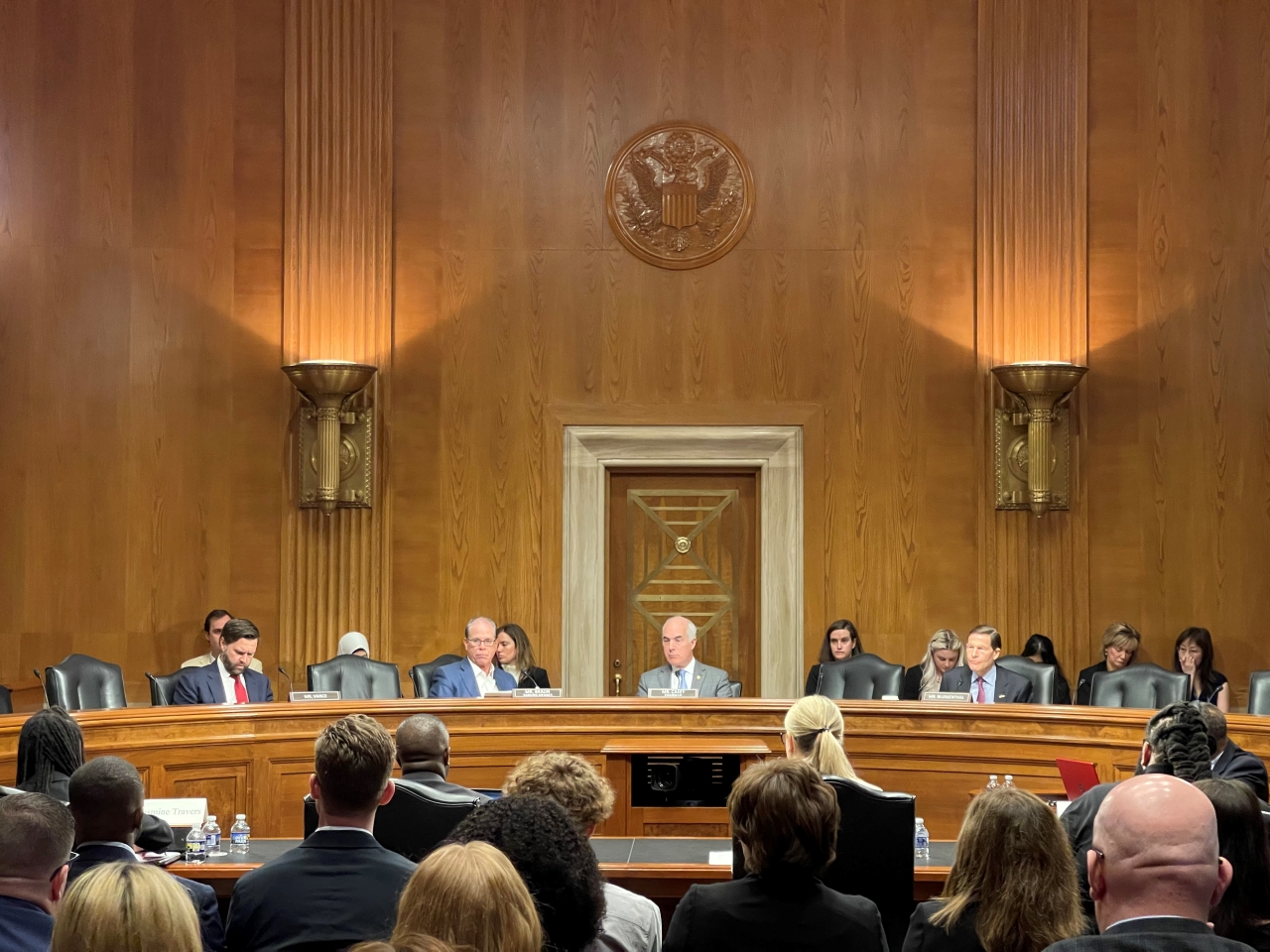Connections - 01.31.24
Activating The Direct Care Workforce When DSP Turnover Is High
Share this page
Stay Informed on the Latest Research & Analysis from ANCOR
More News
Stateside Report - 04.29.24
Stateside Report: April 29, 2024

Capitol Correspondence - 04.23.24
Senate Aging Committee Explores Long-Term Care Workforce Challenges

Capitol Correspondence - 04.23.24

